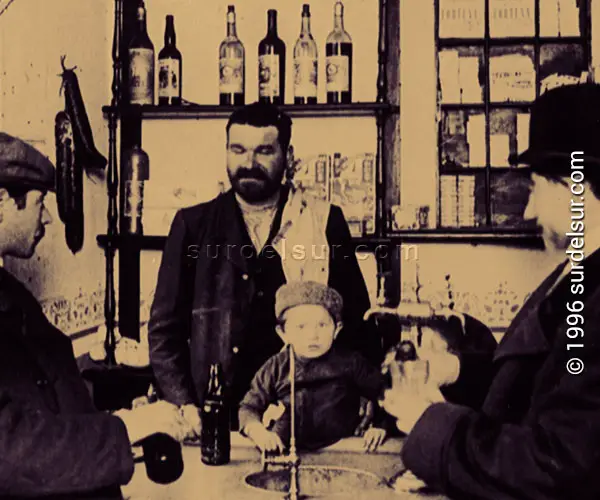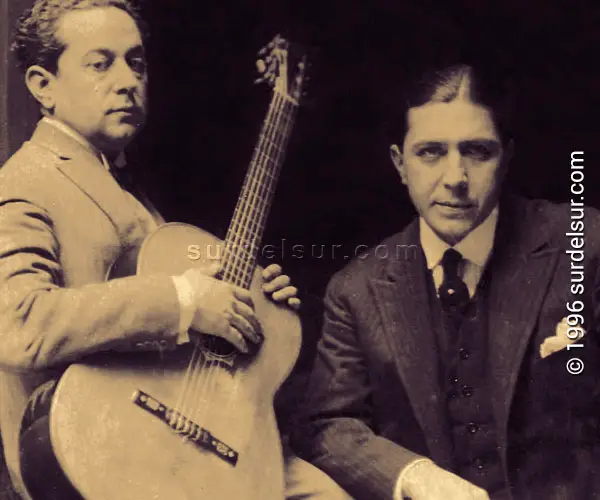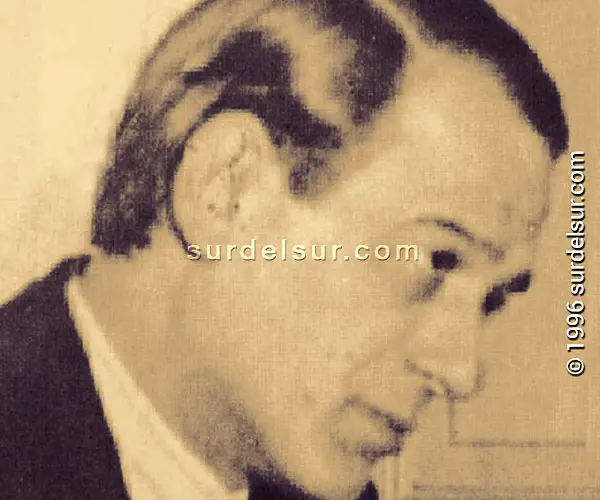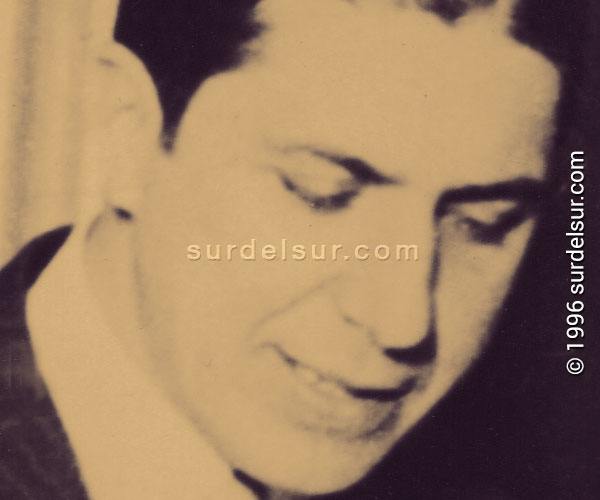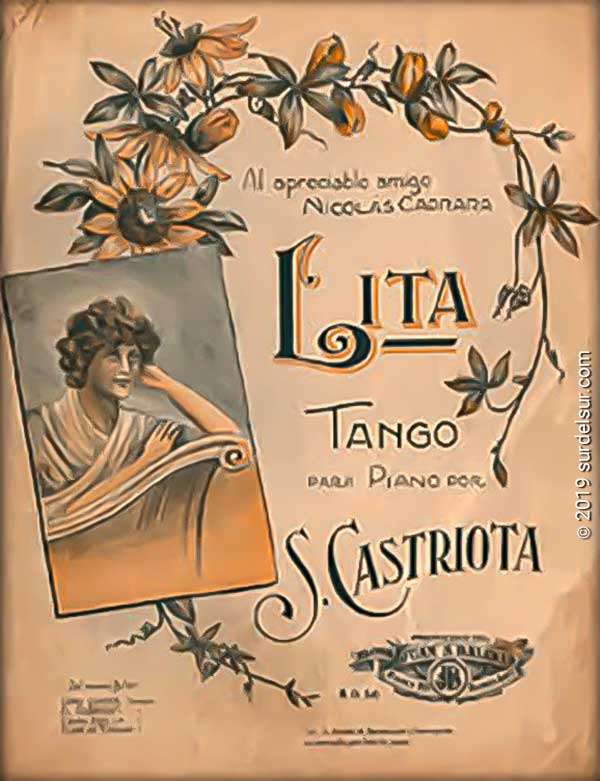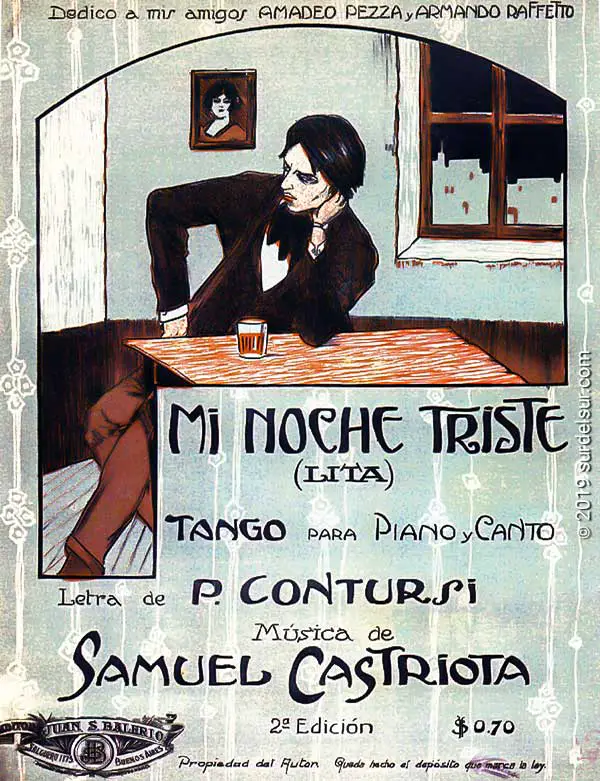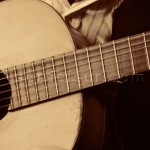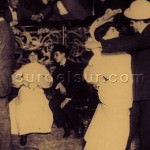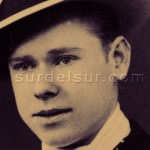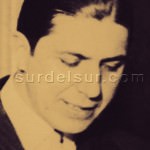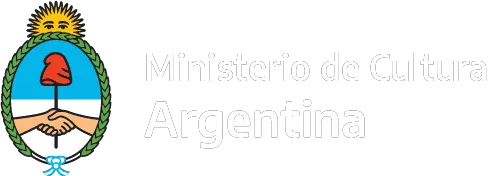The first tango song was performed professionally in 1917. Perhaps we cannot explain how this memorable tango impregnated our identity, which has been in force for more than a hundred years. What we are going to tell here is who was the singer who performed it, where it premiered and how it reached the hearts of the Buenos Aires public.
Carlos Gardel the Interpreter
It was not yet the time for tango song. It was 1910 and Carlos Gardel was one of the voices of the criollo.
“El Morocho”, as he was known, toured political committees. And also, an outdated warehouse next to the Mercado del Abasto, singing country stanzas.
Thus, between Candelaria, Balvanera, and Socorro -committees of old parishes- he won murmurs of admiration. He stood out among famous payadores such as Ezeiza, Bettinotti, Vieytes and Cazón.
That, without counting the appreciation of the leaders Aparicio, Rabboni, Ganghi and Traverso who, patting him on the shoulder affectionately and with a wink, told him:
What you need, boy… You only have to ask for it.
Also, he had conquered the women of the neighborhood by dint of his looks, and tears in his voice. And they gladly opened the windows to let their serenade pass.
El Abasto, had completed its first decade, the official inauguration was held in 1893. At that time, it already brought together several talented figures of music from its surroundings. Although Gardel was undoubtedly among the favorites in the area, he was not the only one.
The Gardel-Razzano Duo
In addition, there were the followers of El Oriental José Razzano, another mentioned singer, And because of those rivalries that sometimes make fame grow, the admirers of one and the other agreed one fine day to organize a butt.
Against all reckless predictions, the meeting ended peacefully. And more than that, he left his glorifying legacy: the first block of Calle Guardia Vieja –the scene of the “confrontation”- was given the name of Carlos Gardel.
Far from the enmity, the opponents were partners and immortalized in the pseudonyms of “el zorzal del Abasto” (the Abasto thrush) and “el jilguero de Balvanera Sur” (the Balvanera Sur goldfinch).
Together, in 1913, they definitively established the Gardel – Razzano duo and once again established themselves among the public, but this time in the theaters of the centric Corrientes street.
Pascual Contursi the Author of the Lyrics
Two years later, Pascual Contursi wrote his verses about the Lita tango music, which, like all tangos up to that time, was instrumental.
The music of the first tango song belonged to Samuel Castriota. Although the author did not maintain a friendship with the duo, he knew them as colleagues. And under the protection of that cordial treatment, he left in her hands the composition
The First Tango Song: Mi Noche Triste
Gardel and Razzano did not dare to present tango with lyrics right from the start. In part, because of the risk of innovation. And also, because those verses had little to do with those of his usual repertoire.
But Gardel liked tango, and the theme too. He used to sing it repeatedly at gatherings of relatives and acquaintances. It was journalists and theater men who were most excited when they heard it.
This first acceptance decided it, and the first tango song was premiered in 1917, renamed Mi noche triste, in a happy performance that the singers performed at the Esmeralda theater (today’s Maipo).
From then on tango was sung. And those who know, say that the merit belongs to Carlos Gardel.
Mi Noche Triste Tango Lyrics
Percanta que me amuraste en lo mejor de mi vida
Dejándome el alma herida y espina en el corazón
Sabiendo que te quería, que vos eras mi alegría
Y mi sueño abrasador
Para mí ya no hay consuelo
Y por eso me encurdelo pa’ olvidarme de tu amorCuando voy a mi cotorro y lo veo desarreglado
Todo triste, abandonado, me dan ganas de llorar
Me detengo largo rato, campaneando tu retrato
Pa’ poderme consolarDe noche cuando me acuesto, no puedo cerrar la puerta
Y porque dejándola abierta me hago ilusión que volvés
Siempre llevo bizcochitos pa’ tomar con matecitos
Como si estuvieras estabas vos
Y si vieras la catrera como se pone cabrera
Cuando no nos ve a los dosYa no hay con el bulín, aquellos lindos frasquitos
Adornados con moñitos todos de un mismo color
Y el espejo está empañado
Si parece que ha llorado por la ausencia de tu amorLa guitarra en el ropero todavía esta colgada
Nadie en ella canta nada, ni hace sus cuerdas vibrar
Y la lámpara del cuarto también tu ausencia ha sentido
Porque su luz no ha querido
Mi noche triste alumbrarPercanta que me amuraste en lo mejor de mi vida
Música Samuel Castriota Letra: Pascual Contursi
Dejándome el alma herida y espina en el corazón
Sabiendo que te quería, que vos eras mi alegría
Y mi sueño abrasador
Para mí ya no hay consuelo
Y por eso me encurdelo pa’ olvidarme de tu amor
To learn more about tango see History of Argentine Tango. To find out the relationship between tango and lunfardo, see the interesting note El lunfardo y el tango by José Gobello
How Mi Noche Triste was Created and Released
The first tango lyrics began to be written about music that already existed. Such is the case of the instrumental tango Lita, whose author, the composer and musician Samuel Castriota (1885-1932), premiered at the café El Protegido, on Avenida San Juan y Pasco.
Years later Pascual Contursi (1888-1932) writes the lyrics for the music of the tango Lita. Contursi himself performed it for the first time, in 1915, accompanied on piano by Carlos Warren, at the Moulin Rouge cabaret in Montevideo.
However, the first tango song was really born with the interpretation of Carlos Gardel. It is undoubtedly Gardel, who develops the technique and expressive characteristics of the tango song. El Zorzal sings a tango for the first time when he performs Mi noche triste at the Esmeralda theater in 1917, as previously mentioned.
That same year, Gardel led to the phonograph record. the first tango song. Seconded by Negro José Ricardo on guitar, he recorded at Discos Nacional Odeon and reached a sales record of 100,000 records.
Finally, the first tango song arrives at the farce from Buenos Aires. This happens, when on April 16, 1918, Manolita Poli sings it, with the accompaniment of Roberto Firpo. Precisely, it is in the role of María Luisa that the singer interprets Mi noche triste, during the performance of the sainete Los dientes del perro (The teeth of the dog), by José Gonzales Castillo and Alberto T. Weisbach.
On April 24, 1930 “Zorzal” again recorded the tango “Mi noche triste” with the guitars of Barbieri, Aguilar and Riverol for the Nacional Odeón label in Buenos Aires.

